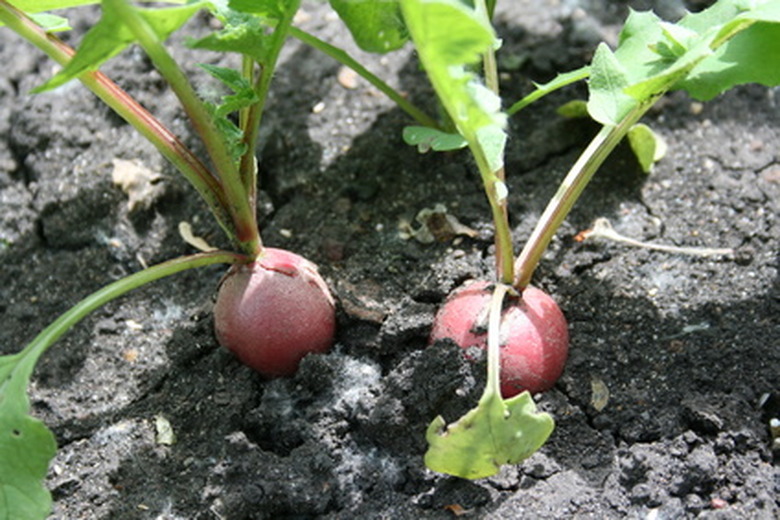Vegetables That Grow Well In Western Montana
The growing season in western Montana, which includes the capital of Helena and the college town of Missoula, is fairly short—between 75 and 100 days—and frost is a possibility year-round. The area around Flathead Lake is slightly more temperate, due to the lake effect. Much of western Montana is located in U.S. Department of Agriculture plant hardiness zone 4, though the far northern part of this region is zone 3 and the far northwestern region is zone 5.
Vegetables with short growing seasons that can survive light frost are best for planting in western Montana. Vegetables that require longer maturity times, such as cauliflower, Brussel sprouts or tomatoes, should be started inside and transplanted.
Bush Beans
Bush beans should be planted as a summer crop in western Montana and may be sowed from seed. These plants thrive when temperatures are 60 to 85 degrees F and take between 45 and 50 days to reach maturity. There are many varieties of bush beans, including some green and lima beans as well as yellow beans. All of these varieties mature more quickly than pole beans.
- The growing season in western Montana, which includes the capital of Helena and the college town of Missoula, is fairly short—between 75 and 100 days—and frost is a possibility year-round.
In general, bush beans should be planted after the last frost, as they do not tolerate freezing temperatures. The plants require full sun and regular water.
Radishes
In western Montana, radishes are a late spring crop that will mature in less than a month. Radishes are considered among the easiest vegetables to grow, as they can withstand light frost and grow vigorously. Radishes thrive in temperatures between 45 and 90 degrees F and may be planted as early as a few weeks before the last frost.
Radishes require nutrient-rich, loose soil for the root to grow and have smooth skin. Radishes should be planted in full sun and soil should be kept moist.
- In general, bush beans should be planted after the last frost, as they do not tolerate freezing temperatures.
Swiss Chard
Swiss chard is a leafy green that may be eaten raw as part of a salad or cooked like greens. These plants are very cold-hardy and seeds may be sowed up to three weeks before the last frost in western Montana, as seedlings will survive light frost. Swiss chard germinates quickly—usually within a week—and should be ready to harvest 50 days after planting. Individual leaves may be harvested or a whole head may cut at the soil line. Swiss chard thrives when temperatures are between 50 and 85 degrees F.
Swiss chard should be planted in full sun and requires regular water.
References
- "Sunset National Garden Book"; the editors of Sunset Books and Sunset Magazine; 1997
